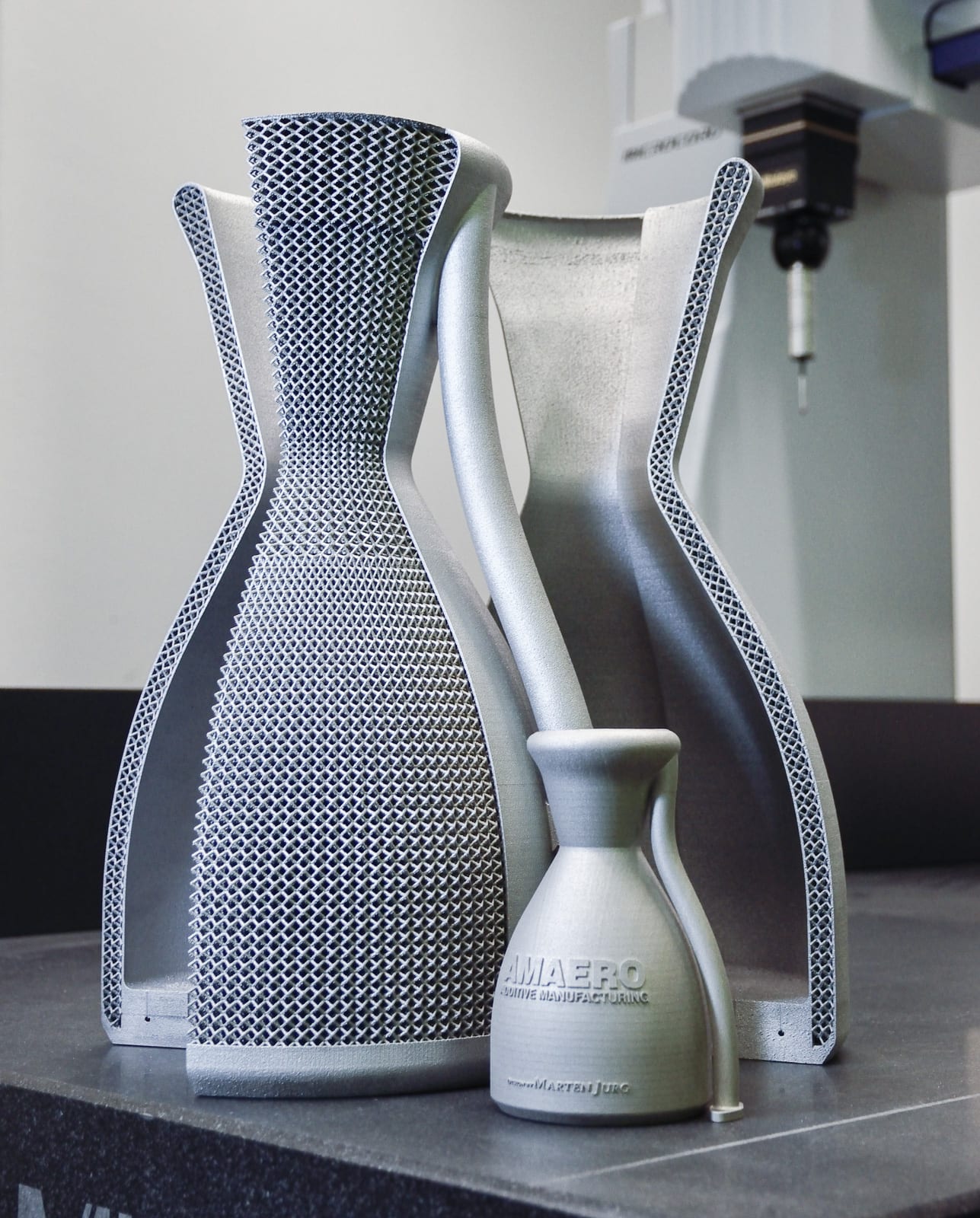SOURCE: IDRW.ORG


India boasts a vast and growing missile production capability. However, a critical question lingers: are stockpiles sufficient for a large-scale conflict? While some missiles have steady orders, others, particularly anti-tank and shoulder-fired variants, could be rapidly depleted in wartime. Traditional production methods might struggle to replenish stockpiles quickly, leaving a potential supply gap.
Here’s where 3D printing emerges as a game-changer. This technology offers a faster and more scalable solution for producing specific missile components, particularly rocket motors.
Missiles like the Very Short Range Air Defence Systems (VSHORADS) and Man Portable Anti-tank Guided Missile (MPATGM) are crucial for battlefield defense. These systems utilize launch motors and, in the case of VSHORADS, sustain motors, traditionally manufactured from special steel alloys using extruders.
While production is ongoing, current capacity might not meet wartime demands. Full production might only yield 2,000 units per year, a number potentially depleted within two months of intense conflict.
DRDO and production partners are exploring 3D printing as a solution to this challenge. This technology allows for the creation of complex shapes, including rocket motor casings, in a fraction of the time required by traditional methods. 3D printing a motor could take just 3-4 days compared to the 3-4 weeks needed with extruders.
3D printing can significantly accelerate the production of critical missile components, allowing for quicker replenishment of stockpiles during wartime. The technology can potentially boost overall production capacity, enabling the creation of more missiles in a shorter period. 3D printing’s flexibility opens doors for developing new and innovative missile designs with complex geometries, potentially leading to superior performance.
While 3D printing offers immense potential for India’s missile production, further research and development are needed. Optimizing printing processes for specific materials and ensuring the quality and reliability of printed components are crucial steps.
NOTE : Article cannot be reproduced without written permission of idrw.org in any form even for YouTube Videos to avoid Copy right strikes. Websites doing illegal reproductions will get DMCA and Legal Notices.